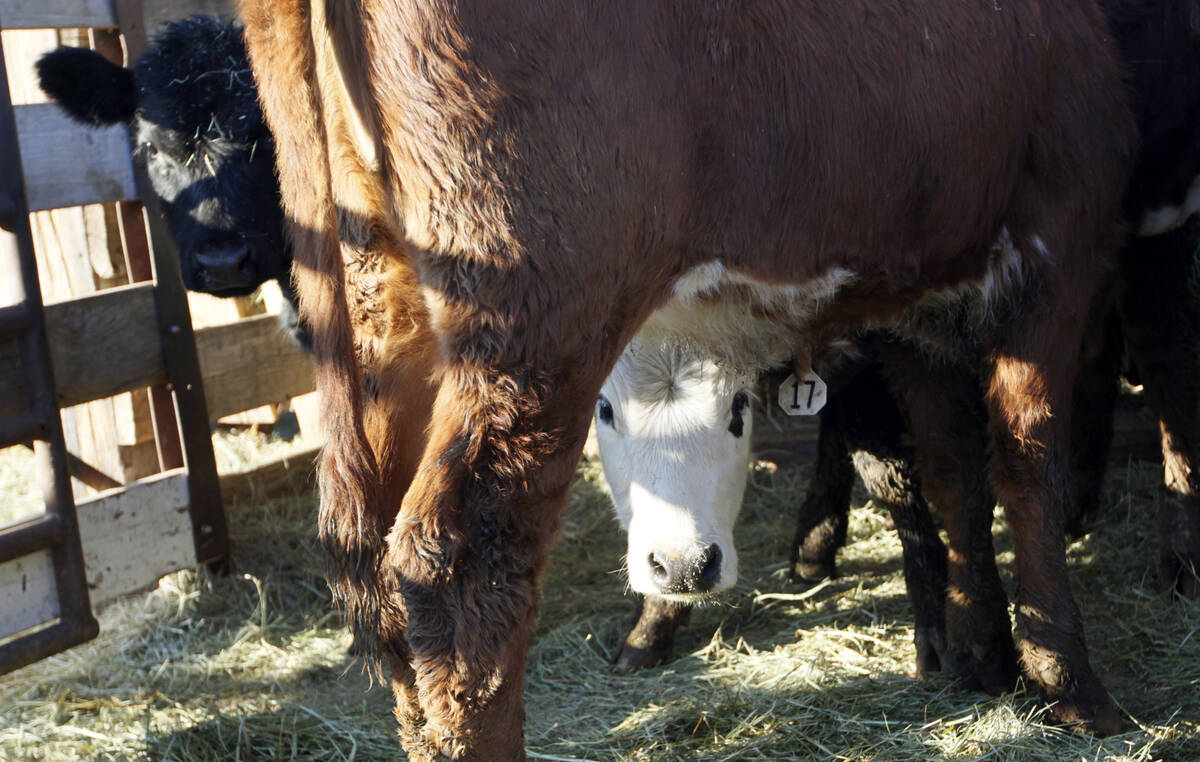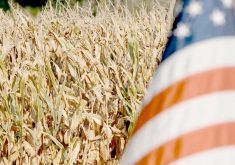Better nutrition and management and a higher incidence of twins in the exotic and Holstein breeds means some larger herds can have up to a 10 percent twinning rate.
Statistically, 25 percent of the twins will both be male, 25 percent will both be female and 50 percent will be mixed. In the 50 percent that are mixed, a high percentage of the females are sterile and called freemartins.
However, it is not a guarantee the female will have no or undeveloped reproductive organs. Eight percent of the time producers can expect a normal intact heifer, which could reproduce normally if kept.
Read Also

Argentine beef plan angers ranchers
U.S. farmers are criticizing president Donald Trump’s suggestion that the country may import more beef from Argentina.
Freemartins can become a management headache. They are often the ones orphaned onto another cow and their identity as a twin may be lost. They grow well because of their masculine characteristics and most often end up in the upper 25 percent percentile for growth, which means they will inadvertently be kept as replacements.
If identified in the feedlot, they should be given a steer implant because their hormonal profile more closely mimics a steer.
The problem is that they tend to get ridden a lot if put in the steer pen and are the more aggressive ones if put in the heifer pen. Sometimes they end up in the chronic pen and stay there until finished.
Freemartins can be identified when veterinarians palpate heifers during a breeding soundness selection check.
For producers who don’t palpate heifers before selection, the management issue becomes keeping track of these freemartin heifers.
There are several ways to identify them without palpation. Most have abnormally developed external genitalia with a prominent protruding clitoris and what I describe as feathery vulval lips.
A small instrument is available that measures the depth of the vaginal vault, although producers can also use a plastic test tube. When using this method, it’s best to measure normal heifers first so you can identify the average depth.
Freemartin heifers will be considerably shorter to the point of having no vaginal vault. This measurement is made within a few days of birth.
Once identified, mark these freemartins with a distinct tag or notch their existing tag to make them distinguishable down the production line. Freemartins can also be identified with blood or DNA tests. These tests are useful if heifers’ external genitalia looks normal and they are potentially valuable breeding stock.
Losses add up when unidentified freemartins are kept for a long time in the herd and do not have a calf.
I have palpated several four- to five-year-old freemartins whose owners wondered why they had not calved.
If you buy heifer replacements, keep in mind that some will be freemartins.
Detected at competitions
It is not uncommon to find freemartins when palpating pens of heifers at show competitions. They are selected for shows because of their superior growth. A good rule when selecting heifers is to remove the ones in the top five percent for growth because they may have higher levels of male hormones and, similar to freemartins, will have poor fertility or be sterile.
Avoid dairy heifers for sale because they most likely are freemartins. Most intact dairy heifers are kept as replacements, considering the high culling rate in the dairy industry.
I once spent some time trying to spay a freemartin heifer at a feedlot before discovering that the producer had written twin on its tag. We could have avoided the procedure had we been paying attention.
In my experience, most female triplets are also freemartins if one of them is a bull calf.
We rarely see hermaphrodites (intersexes) in cattle. They are sterile and should be fed out as slaughter animals. The beef in these animals is high quality and freemartinism has no bearing on taste or tenderness. When possible, they make good freezer beef for the owner.















